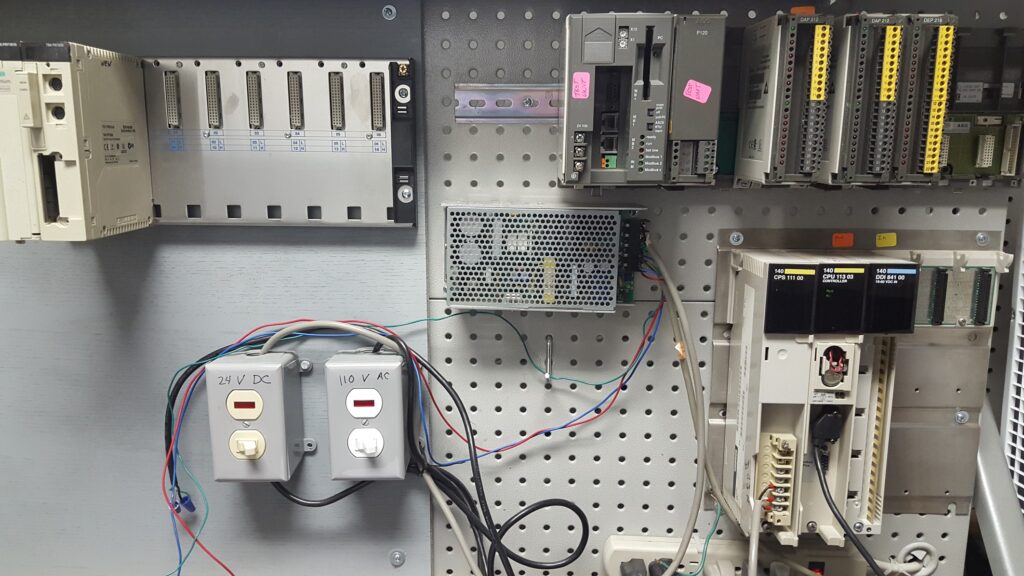Yaskawa servo drives are at the heart of precision motion control in various industrial applications. They provide the necessary intelligence and power to drive servo motors, ensuring accurate positioning, speed control, and torque management. However, even the most robust systems can encounter issues that disrupt operations. Troubleshooting Yaskawa servo drives requires a systematic approach, a deep understanding of the equipment, and knowledge of common problems and their solutions. In this comprehensive guide, we will explore a wide range of tips and techniques to help you become proficient in diagnosing and resolving issues with Yaskawa servo drives.
Chapter 1: Understanding Yaskawa Servo Drives
1.1 Servo Drive Basics
Before diving into troubleshooting, it’s crucial to have a solid understanding of how Yaskawa servo drives function. Here’s a brief overview:
- Servo drives control the motion of servo motors, regulating position, speed, and torque.
- They receive control signals from a controller (e.g., PLC) and convert them into power output to the motor.
- Feedback devices (encoders or resolvers) provide position and speed information to the drive, allowing it to maintain accuracy.
- Servo drives are equipped with protection features like overcurrent, overvoltage, and overtemperature safeguards.
1.2 Yaskawa Drive Models and Features
Different Yaskawa servo drives come with varying features and capabilities. Understanding the specific model and its features is essential for effective troubleshooting. Key factors to consider include:
- Maximum current and voltage ratings.
- Communication interfaces (e.g., EtherCAT, Ethernet/IP, Mechatrolink).
- Control modes (position control, velocity control, torque control).
- Feedback compatibility and resolution.
- Diagnostic tools and software support.

